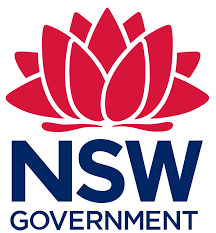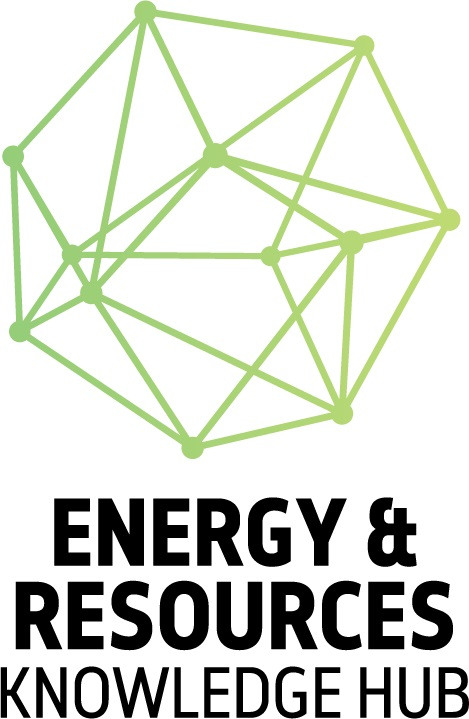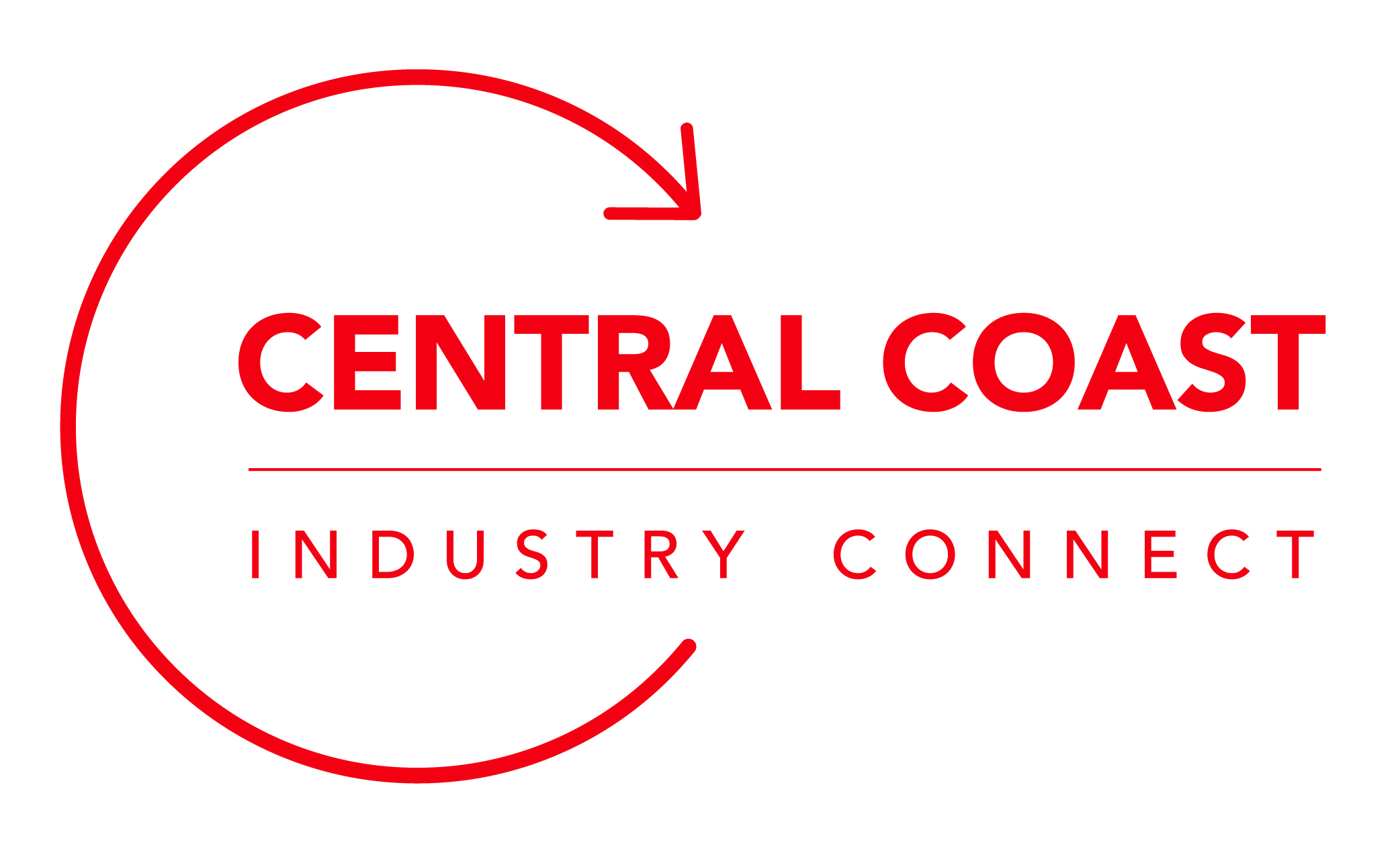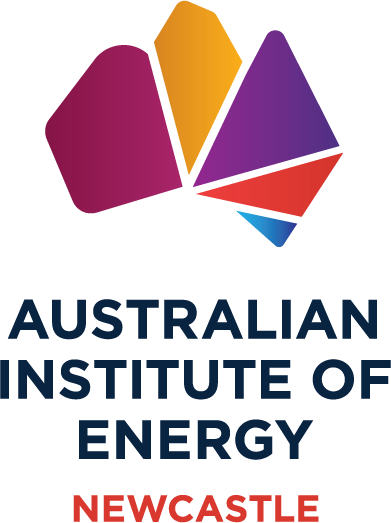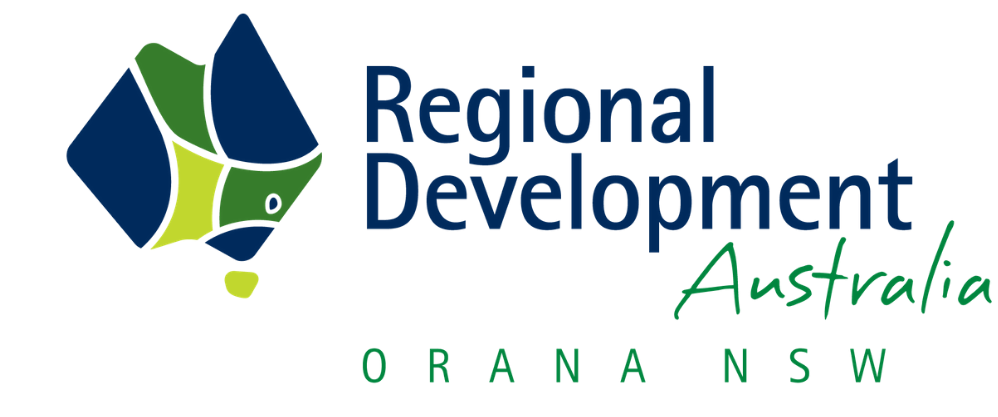Darren Miller on the role of green hydrogen and ultra-low cost solar in Australia's superpower vision
Darren Miller, CEO of ARENA, has outlined ARENA's role in helping to deliver the renewable energy superpower vision - emphasising the critical role of green hydrogen and ultra-low cost solar.

*This essay was adapted by Darren Miller from a speech he gave to the Energy and Climate Ministerial Council on 1 March 2024.
"At ARENA's Board strategy day last year, I asked each of my Board members to predict what Australia’s emissions would be in 2050.
At the time, Australia’s domestic greenhouse gas emissions were approximately 500 Mt of CO2 equivalent, and my Board’s predictions for 2050 ranged from 250 Mt remaining (so only a 50% reduction on current emissions), all the way down to -70 Mt (that is, net negative).
I was shocked by the wide dispersion in views and I believe this highlights the uncertainty we face as to whether we’ll succeed in our goals, and the degree of optimism or pessimism inherent in each of us as to how we will navigate this complex transition.
With the science of climate change long settled and recent clear evidence of extreme temperatures, floods and droughts, it is critical that we act quickly and deliberately to reduce our use of fossil fuels and switch to cleaner, healthier and more sustainable renewable alternatives.
We have made incredible progress with the core renewable energy technologies of solar, wind, batteries and electric vehicles. Solar modules are both more efficient, and cheaper than ever. Electric vehicles will, in the next few years, be more cost effective than equivalent internal combustion engine (ICE) vehicles; and battery costs are on a rapid decline.
While we have achieved so much, in reality we are just at the beginning of the energy transition. Last year solar, wind and hydro were responsible for around 35% of our electricity generation, yet economy wide, these renewable technologies only made up 7.5% of final energy consumption. The fact is the vast majority of our energy still comes from coal, oil and gas.
We are just starting to tackle the hard to abate sectors like steel, aluminium, aviation, shipping and agriculture. To decarbonise our heavy industries, we will need new technologies, innovative policies and regulatory interventions, and broad community acceptance to shift these industries into a clean future.
To deliver a successful energy transition it is critical that we continue to develop, prove and then deploy new technologies.
And these new technologies need to be globally cost-effective and be inclusive of all Australians, especially First Nations communities on whose lands we are expecting much of the required infrastructure to be deployed.
ARENA plays a critical role in supporting the most prospective technologies to reach commercial maturity.
If we can deliver a successful energy transition, we can play our part in reducing global emissions – not just our domestic emissions but from the emissions that result when the commodities we export are processed overseas.
We can maintain a secure energy system, well-paying jobs, and export revenue on which our economy is so reliant.
And increase our prosperity by setting ourselves up as a renewable energy superpower – a leader in new energy technologies, the production of low cost renewable energy, the mining and refining of critical energy minerals, and a place where new clean heavy industry takes place.
We know this won’t be easy or cheap.
And that we’re in a global competition for renewable energy projects, especially in hydrogen.
And so, it’s critical that as a country we have a solid strategy, that we are clear on what our role is in a net zero world, and that we are aligned and working well together at all levels of government and with the private sector.
I’d like to share with you ARENA’s unique and important role in Australia’s energy transition and in helping to deliver on the superpower vision.
So, what has ARENA achieved so far?
Since its establishment in 2012, ARENA has committed over $2.3 billion to around 670 projects throughout Australia.
We are perhaps best known for having established the large-scale solar industry in Australia, initially through the delivery of our nation’s first solar farms in Nyngan and Broken Hill, followed by the provision of $92 million in grant funding to 12 projects selected through a competitive process in our 2016 large-scale solar round.
As a result of these initiatives, Australia’s large-scale solar industry became commercially self-sustaining and ARENA grants are no longer required for traditional solar deployments.
We are seeing a similar pattern play out with large-scale batteries. ARENA first started supporting large-scale batteries in 2017. At that time grants of over 50% of the capital cost were required for projects to proceed.
In our latest large-scale battery round we awarded $176 million to 8 large batteries with grid forming capabilities. The grant amount was only 7% of the $2.5 billion capital cost and we’re confident that future projects will take place without the need for any grant support.
This is what success looks like for ARENA – when a technology starts being deployed by the private sector without the need for further ARENA involvement.
ARENA has also been instrumental in supporting some of our most important research initiatives through $127 million of committed funding to the Australian Centre for Advanced Photovoltaics (ACAP), almost $50 million to the Australian Solar Thermal Institute (ASTRI), and significant funding to R&D programs in hydrogen production, zero emissions iron and steel, and in the pursuit of higher efficiency solar cells.
ARENA has also supported important work in the distributed energy space, electric vehicle charging networks, bioenergy, pumped hydro, new forms of storage, remote microgrids, alumina refining, green steel and green hydrogen.
Let’s turn now to where we are heading and some of the important areas we are focusing on.
I should first acknowledge the important changes to ARENA’s legislation that the Government secured in 2022, confirming ARENA’s role in supporting Australia’s emissions reduction commitments.
Around this time, ARENA set a bold new vision and strategy to support “global emissions reductions through technology innovation to the benefit of Australia.”
The key word in this new strategy is “global” – recognising that Australia has a massive opportunity to support other countries with their energy needs in a net zero world.
We have the potential to be a major global producer of zero emissions hydrogen, and derivates like ammonia and methanol; and low emissions metals like alumina and green iron.
There are two crucial technologies that stand out as particularly important in the superpower vision. The first is hydrogen, and the other is solar.
Hydrogen is particularly important because of its future role in steel making.
Steel making is responsible for around 8% of global emissions and Australian iron ore is implicated in around 40% of this. Put another way, the process of converting Australia’s iron ore into steel emits over 1.5 billion tonnes of CO2 annually – that’s more than three times Australia’s domestic emissions from all sources.
ARENA has invested almost $300 million to date in around 50 hydrogen projects from early stage R&D through to first-of-a-kind commercial deployments.
ARENA is responsible for delivering the Government’s $2 billion Hydrogen Headstart program. We received over 60 applications late last year, and following a thorough screening process we are now working with 6 selected projects ahead of their full application submissions which are expected later this year.
The green hydrogen industry is at a very early stage and significant grant funding is going to be required to deliver the first few projects and see costs come down. We’ve been clear that Hydrogen Headstart will likely only support 2-3 projects, and the industry is eagerly awaiting further direction and support to see Australia be a long-term reliable producer of this important decarbonisation commodity.
The other critical technology that ARENA is supporting is solar PV. On the surface, this may seem strange given that ARENA’s large-scale solar funding round in 2016 saw the industry established and self-sustaining.
The reality is there are really two types of solar PV. The current generation of solar PV that we are installing now on our roofs and on our lands generates green electrons at a levelised cost of around $60 / MWh. That’s highly competitive against coal and gas and will enable us to transition our electricity system to zero emissions renewable energy at a reasonable cost.
The problem is that transitioning our heaviest emitters off fossil fuels and making green hydrogen for our domestic and export needs will require much, much, cheaper electricity. We’ll need to get the cost of renewable electricity down below $20 / MWh to be globally competitive – this is two-thirds lower than today’s solar and wind costs.
ARENA has a significant focus on what we call “ultra-low cost solar” and we’ve set an ambitious target that we have labelled “Solar 30-30-30”. We are aiming to achieve module efficiencies of 30% (up from 22% today); and have large-scale solar fully installed at a cost of 30c per Watt, down from $1 per Watt today; and we plan to achieve this by 2030. Hence “30-30-30” – 30% efficiency, at 30c per Watt, by 2030.
If we can achieve this goal, we’ll have green electrons at a low enough cost to fully transition our heaviest emitters and we’ll be able to make millions of tonnes of low cost green hydrogen every year to export as liquefied hydrogen, green ammonia, and green iron for export to Asia and Europe.
It’s not just about the availability and maturity of technology though. The superpower vision – enabled by ultra-low cost solar and green hydrogen – will require vast amounts of land to locate the many hundreds of gigawatts of solar and wind farms required to generate the underlying electricity.
To do this we need to spend the next few years planning the infrastructure and securing the equitable and respectful involvement of First Nations communities and landowners right across Australia.
Governments have a critical role to play here. Without the necessary land and social licence, the superpower vision will not eventuate. We must work together to both improve the technologies and bring the whole of our society along with us so that everyone benefits.
To conclude, I’d like to return to the anecdote I mentioned at the start and share with you my prediction for what our emissions will be in 2050.
I am optimistic about the ability of humans to innovate and develop technological solutions to this wicked problem that we have created.
Just over 10 years ago I installed a solar PV system at my home in Sydney, and following a renovation I have just installed a new system that is 4 x larger, yet costs less than that original system.
In 2019 I bought an electric vehicle – it’s been the best car I’ve ever driven and after 4.5 years and almost 50,000 kms I am yet to have it serviced.
The new energy technology that we are developing is cleaner, better, more reliable, and increasingly cheaper than the old emissions intensive technology it is replacing.
The biggest challenge we face is one of coordination and alignment. We can’t be the best at everything, and other countries – notably China, the US and parts of the Middle East – are placing big bets to secure their role in the future net zero world.
If we can agree our future direction, develop our plans, and invest confidently over a sustained period then we’ll be on the track to net zero by 2050, or earlier, and we’ll set ourselves up to be a renewable energy superpower in a net zero world.
Thank you for your attention, and I look forward to working with you in the years ahead to make our net zero vision a reality."




